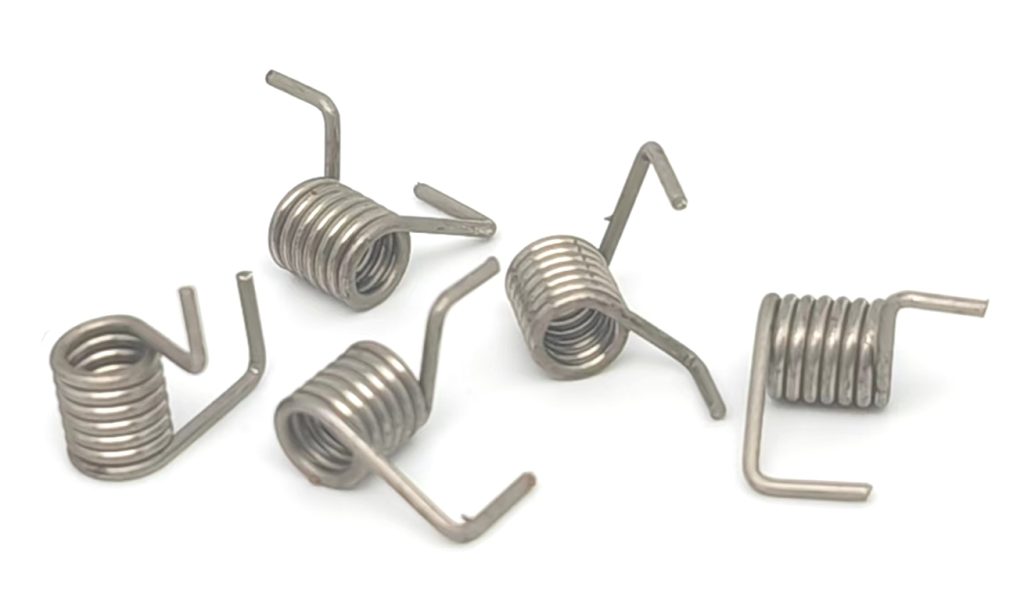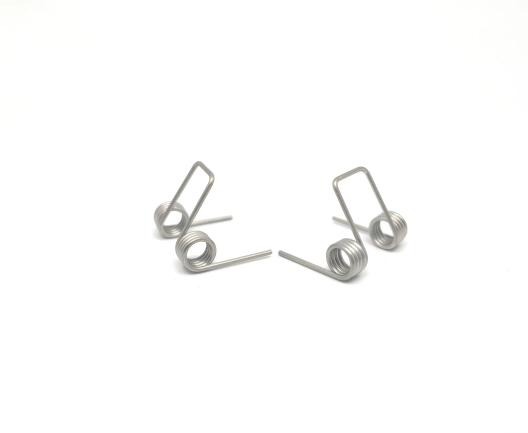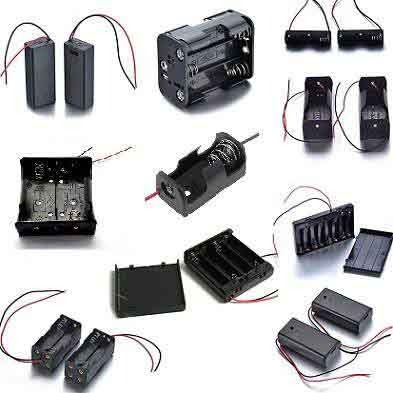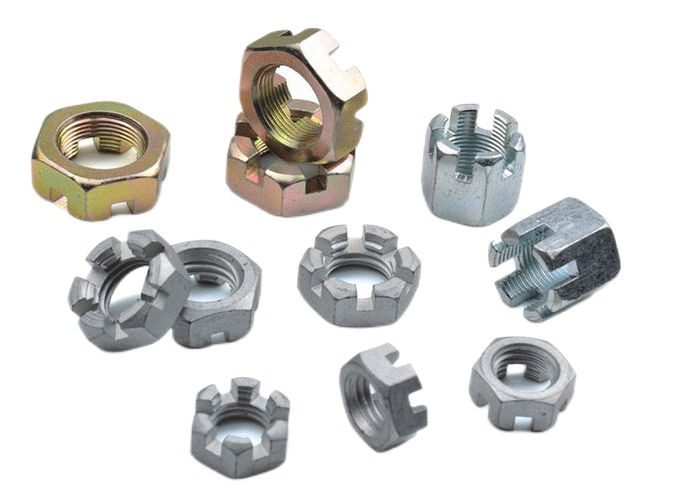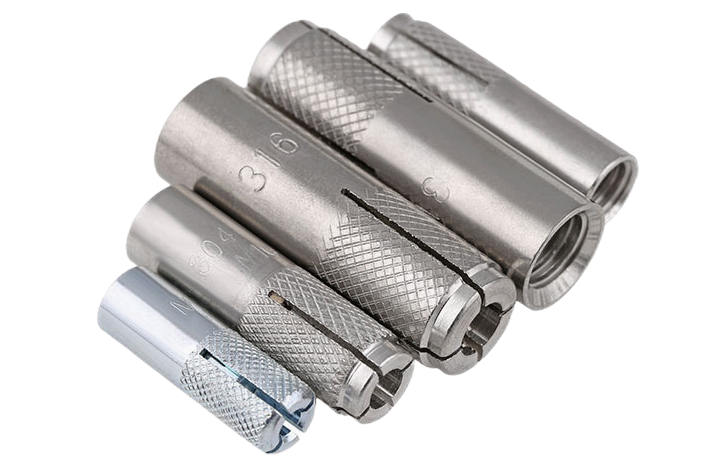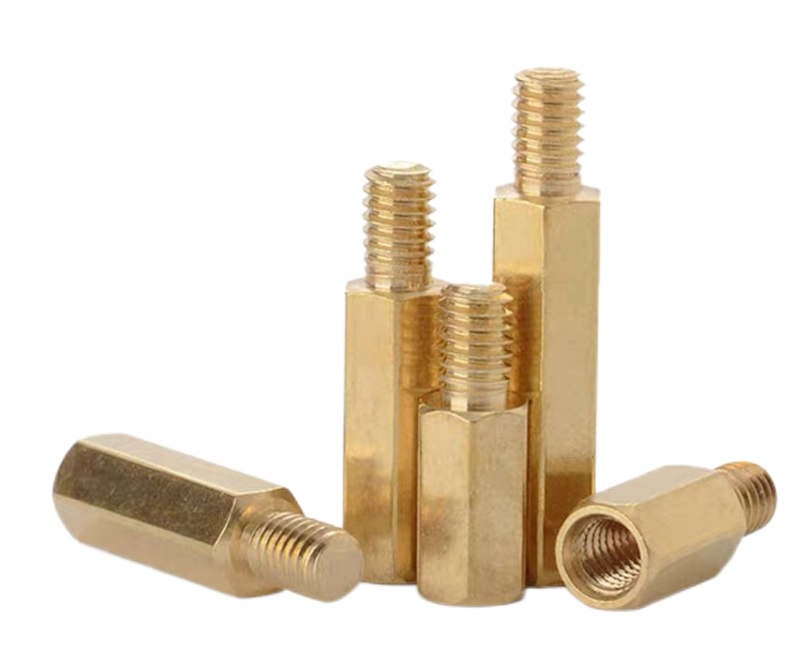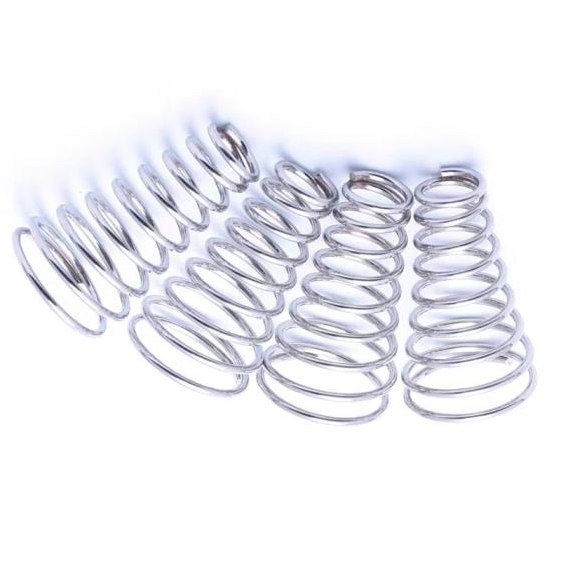5 Key Factors Of the Injection Molding Process That Influence The Quality Of Final Products
Injection molding is a common manufacturing process that involves injecting molten plastic into a mold cavity to create complicated and accurate structures. The procedure injects a polymer into a mold, where it cools and solidifies, yielding a final item. The injection molding technique can have a major impact on the finished product’s quality.
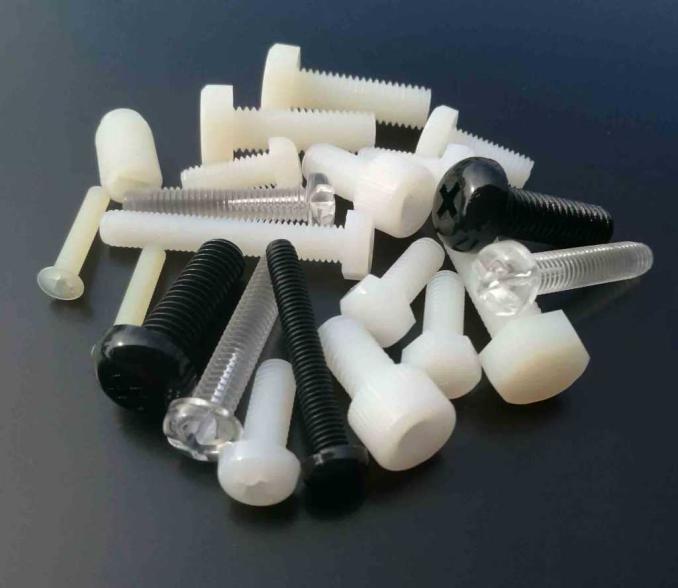
Material Selection Of Injection Molding Process
Choosing the proper material for the injection molding process is crucial to achieving a high-quality end result. Materials with a greater melt flow index (MFI) or viscosity can result in higher part quality, whereas materials with a lower MFI or viscosity might result in defects such as warping, sink marks, or flash. A material’s MFI indicates how quickly it flows through the mold, therefore selecting a material with a high MFI can help ensure that the mold is entirely and consistently filled.
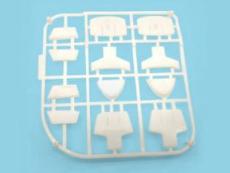
Temperature Of Injection Molding Process
In the injection molding process, the temperature of the molten plastic is crucial. If the temperature is too high, the plastic may break down, resulting in flaws such as discoloration or even bubble formation. If the temperature is too low, the plastic may not flow evenly, resulting in partial mold filling or voids in the finished product. The appropriate temperature range for the plastic is usually defined by the material supplier, and it is critical that the plastic is injected at the proper temperature.
Pressure Of Injection Molding Process
Another significant component that might affect the quality of the final product is the pressure with which the plastic is injected into the mold cavity. High-pressure injection can result in superior component quality and surface finish, whereas low-pressure injection can result in incomplete mold filling, voids, or sink marks. The injection pressure is governed by the size and intricacy of the item being made, as well as the qualities of the plastic used.
Cooling Of Injection Molding Process
The rate at which the plastic cools after being injected into the mold is also important in determining the final product’s quality. Slow cooling might result in warping or other faults, whereas rapid cooling can result in higher quality products with fewer errors. The design of the mold and the cooling channels within it often influence the cooling rate. It is critical to ensure that the cooling rate is consistent throughout the part, as changes in the cooling rate might cause stress within the part, resulting in warping or other problems.
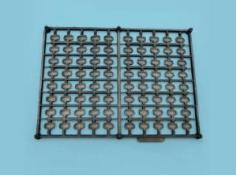
Mold Design Of Injection Molding Process
A well-designed mold can aid in even filling and the prevention of faults such as sink marks and warping. The size and intricacy of the component being manufactured, as well as the qualities of the plastic being used, often define the mold design. The mold must be built to allow for shrinkage when the plastic cools and solidifies.
In addition to these characteristics, there are various other factors that can have an impact on the final product’s quality. The presence of contaminants or impurities in the plastic, the usage of additives or fillers in the plastic, and the injection speed and time are all examples of this. To ensure that the finished product is of good quality, these aspects must be carefully controlled.
Summary
The injection molding process has a considerable impact on the end product’s quality. To achieve high-quality, defect-free products, material selection, temperature, pressure, cooling, and mold design are all critical aspects that must be carefully controlled.

